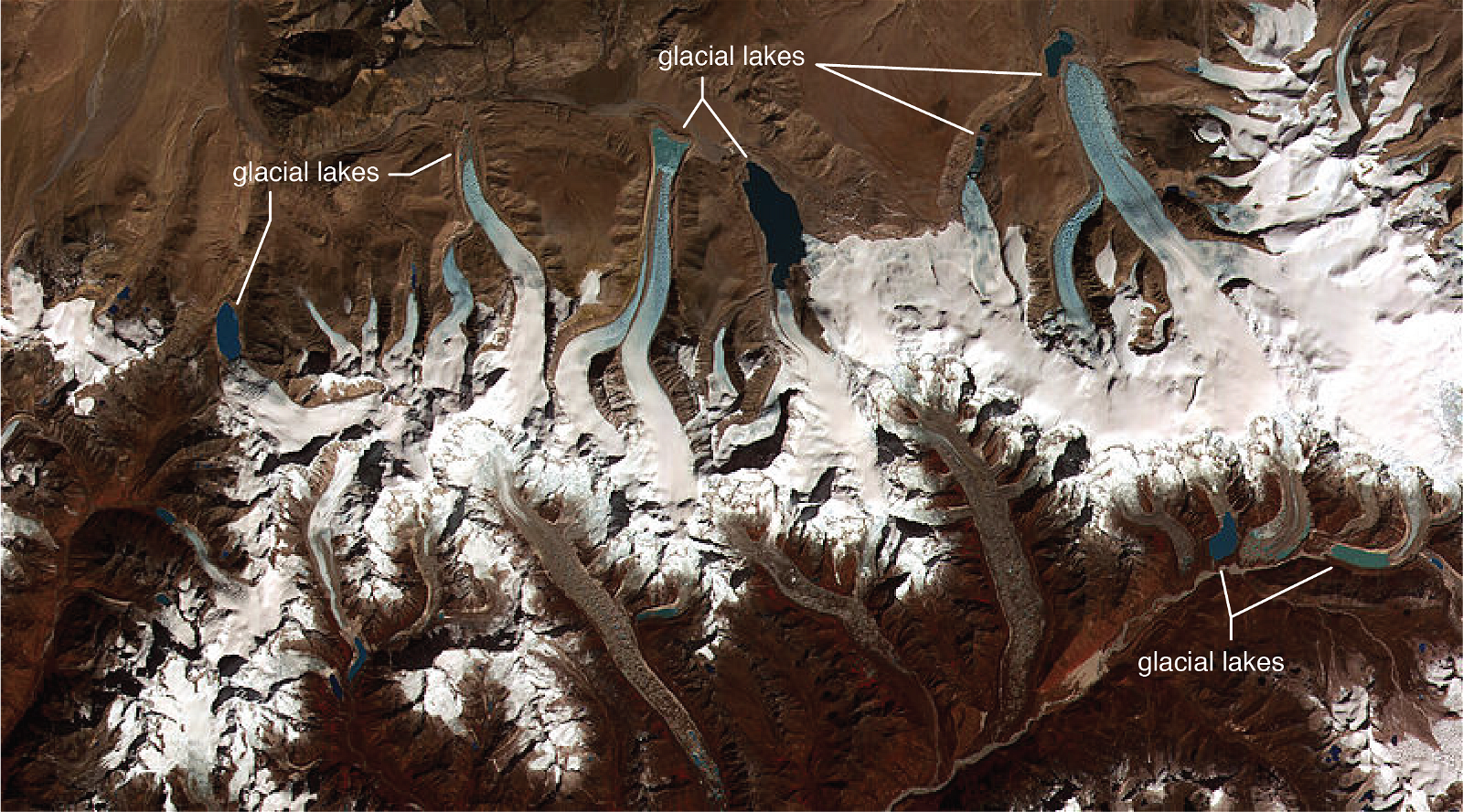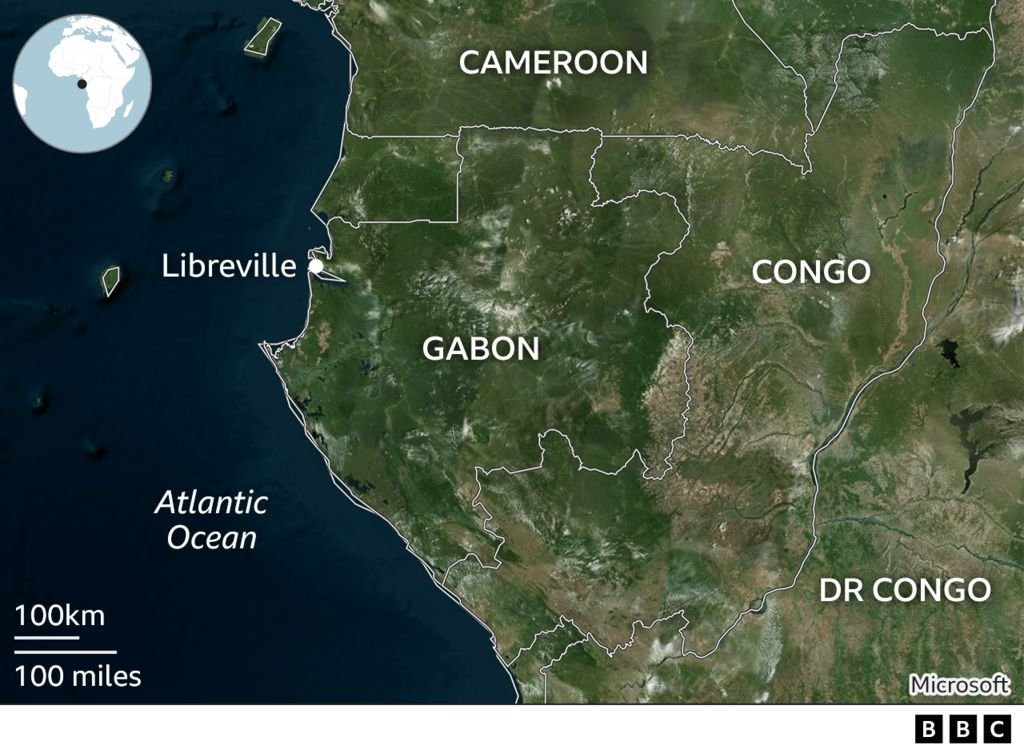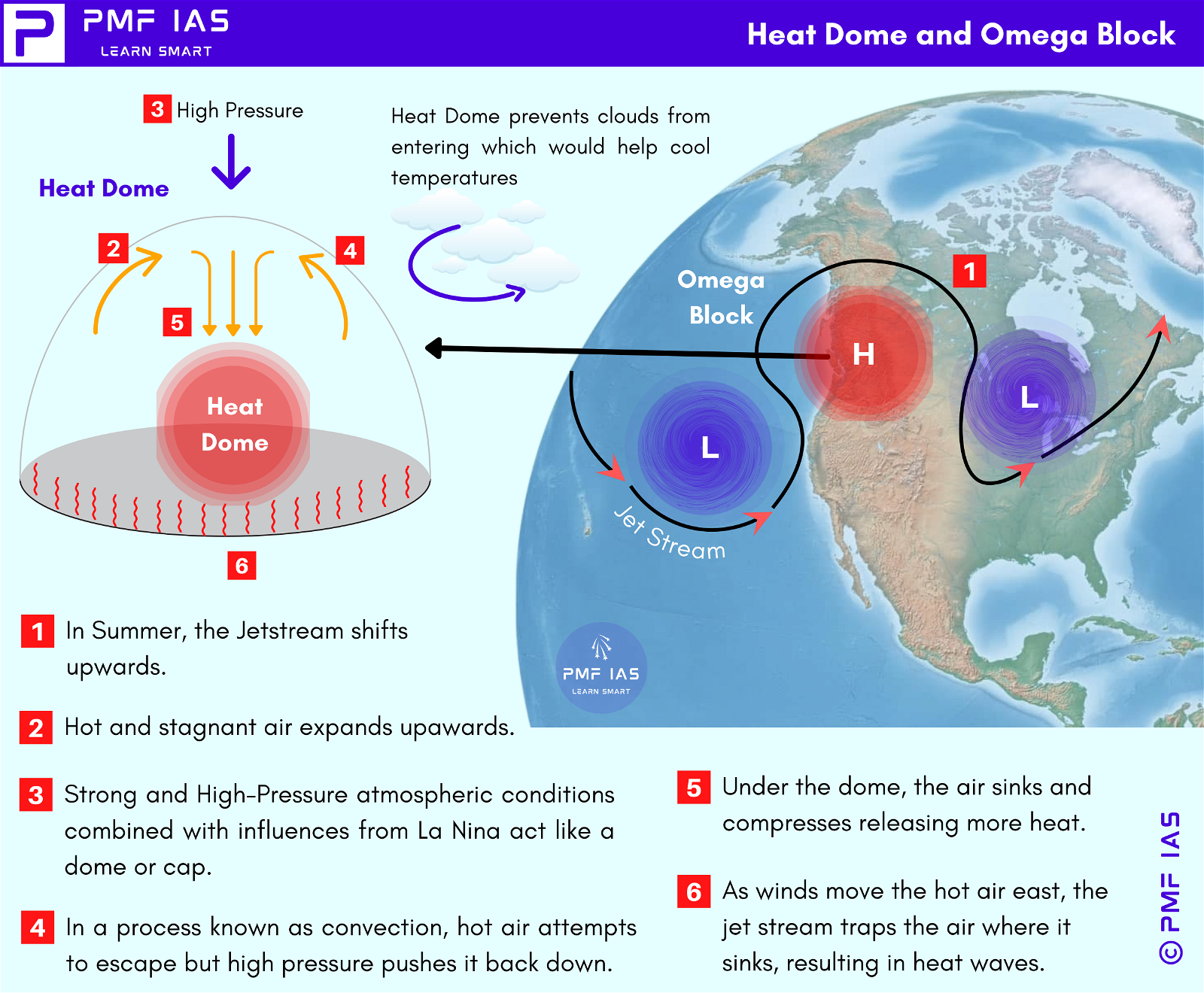
Current Affairs for UPSC Civil Services Exam – April 25, 2024
Subscribers of "Current Affairs" course can Download Daily Current Affairs in PDF/DOC
Subscribe to Never Miss an Important Update! Assured Discounts on New Products!
Must Join PMF IAS Telegram Channel & PMF IAS History Telegram Channel
{GS3 – Agri – Food Security} Global Report on Food Crises (GRFC)
- Context (DTE | HT): According to the latest Global Report on Food Crises (GRFC), nearly 282 million people in 59 countries and territories experienced high levels of acute hunger in 2023.
About Global Report on Food Crises (GRFC)
- The Global Report on Food Crises (GRFC) is produced annually by the Food Security Information Network (FSIN) and launched by the Global Network Against Food Crises (GNAFC) – a multistakeholder initiative that includes UN organisations, EU, United States Agency for International Development, and non-governmental agencies working together to tackle food crises.
Key Findings
- Children and women are at the forefront of these hunger crises, with over 36 million children under 5 years of age acutely malnourished across 32 countries.
- Acute malnutrition worsened in 2023, particularly among people displaced because of conflict and disasters.
- There has also been an increase of 1 million people facing Emergency (IPC/CH Phase 4) levels of acute food insecurity across 39 countries and territories, with the biggest increase in Sudan.
- In 2023, more than 705,000 people were at the Catastrophe (IPC/CH Phase 5) level of food insecurity and at risk of starvation – the highest number in GRFC’s reporting history and up fourfold since 2016.
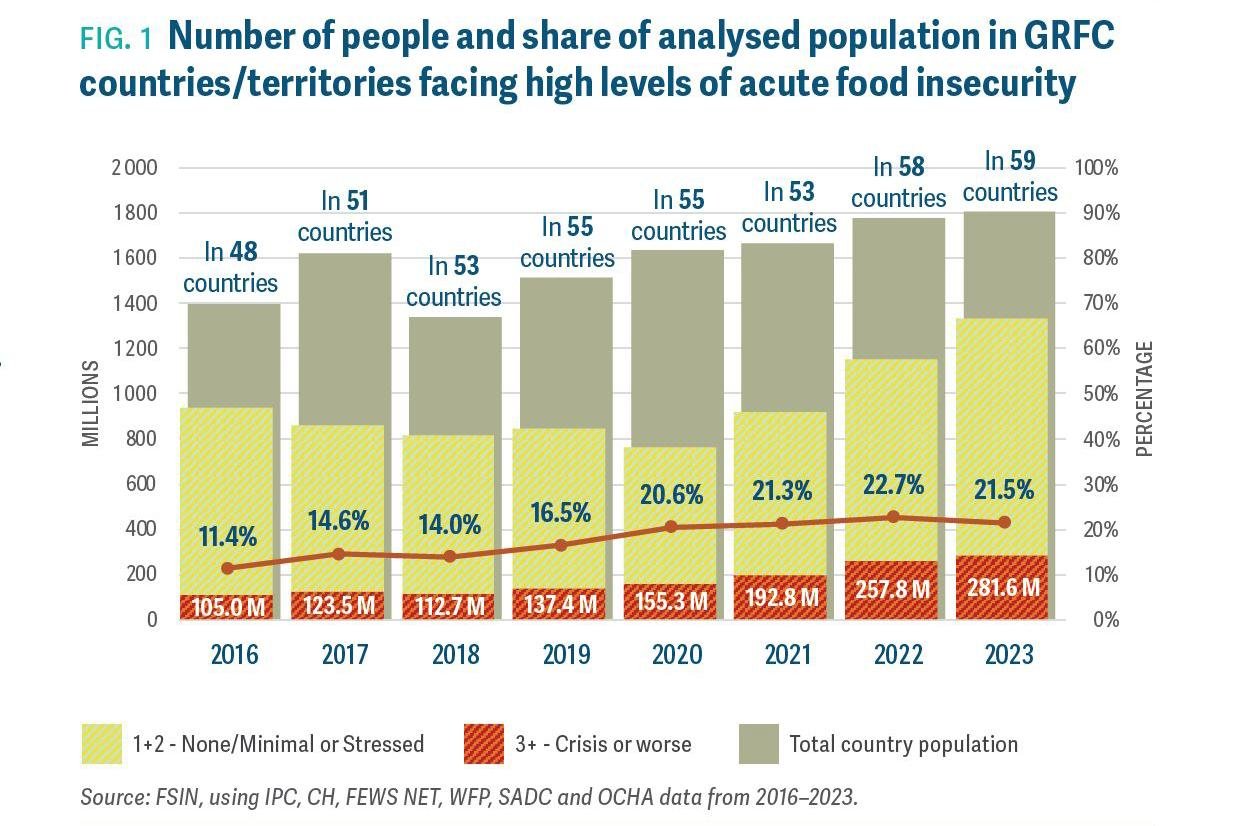
- The current situation in the Gaza Strip accounts for 80 percent of those facing imminent famine, along with South Sudan, Burkina Faso, Somalia and Mali.
- Meanwhile, food security improved in 17 countries with comparable data between 2022 and 2023, resulting in 7.2 million fewer people facing high levels of acute food insecurity.
Key drivers of the Food crisis
- Conflict, affecting 20 countries with nearly 135 million people in acute food insecurity – almost half of the global number.
- Sudan faced the largest deterioration due to conflict, with 8.6 million more people facing high levels of acute food insecurity as compared with 2022.
- Extreme weather events were the primary drivers in 18 countries where over 77 million people faced high levels of acute food insecurity, up from 12 countries with 57 million people in 2022.
- In 2023, world experienced its hottest year on record and climate related shocks impacted populations, with episodes of severe floods, storms, droughts, wildfires, and pest and disease outbreaks.
- Economic shocks primarily affected 21 countries, where around 75 million people were facing high levels of acute food insecurity due to high dependency on imported food and agricultural inputs and persisting macroeconomic challenges, including currency depreciation, high prices, and high debt levels.
{GS3 – Envi – Conservation} Protecting the Himalayas
- Context(DTE| ToI): Preserving Himalayan biodiversity is crucial for maintaining various ecosystem services, including carbon sequestration and habitat for diverse wildlife.
Rich Biodiversity
- The Himalayas span 2,400 kilometres across Nepal, India, Bhutan, Pakistan, China, Myanmar, and Afghanistan.
- The Himalayas are home to 10,000 vascular plants, 979 birds, and 300 mammals.
- Iconic species such as the snow leopard, red panda, Himalayan tahr, and Himalayan monal are found in this region.
- The Himalayas are one of 36 biodiversity hotspots, boasting about 3,160 rare, endemic, and sensitive plant varieties with medicinal properties.
- This mountain system encompasses various climate types and ecological zones, from tropical to alpine ecosystems.
Ecosystem Services
Provisioning: Freshwater
- The Himalayas, along with the Tibetan Plateau, provide essential ecosystem services.
- They are known as the “third pole” and serve as the source of major rivers in Asia.
- This region is often referred to as “the world’s water tower.”
Regulating: Carbon Sequestration
- Trees serve as significant carbon sinks in the Himalayas, storing about 62% of total forest carbon.
- Cooler forest soils in northern biomes allow for additional carbon storage as undecomposed organic matter.
- In species-rich communities, each species efficiently uses available resources, leading to higher biomass accumulation.
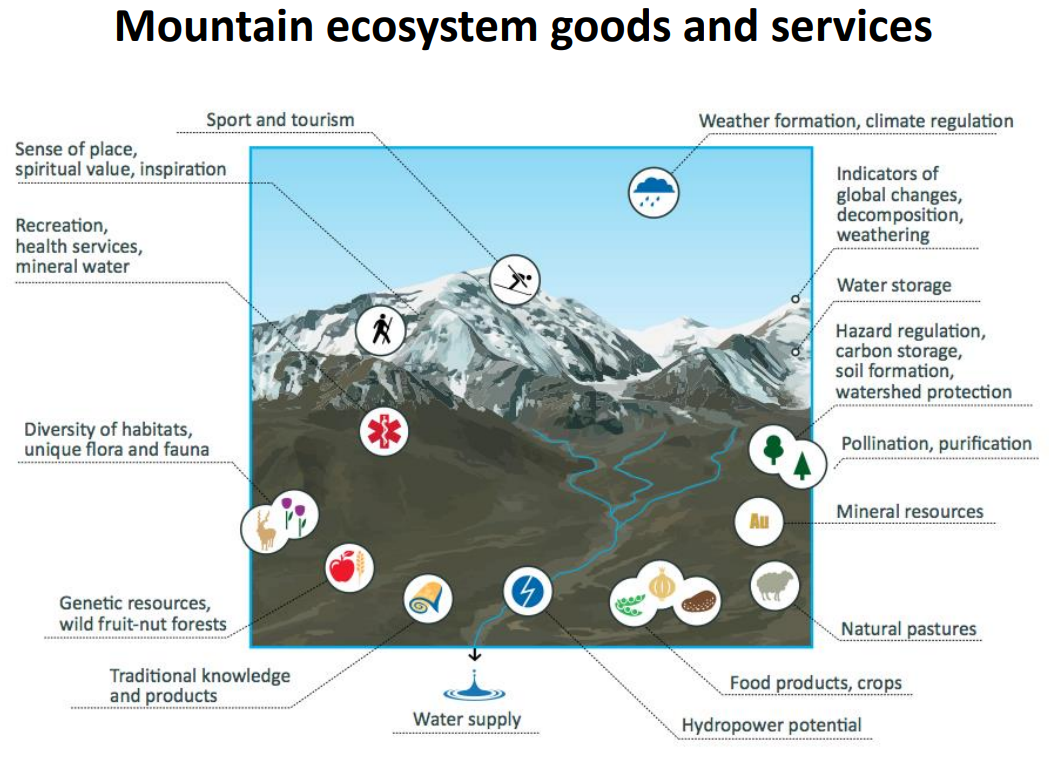
Concerns
- The Himalayas are experiencing a temperature rise three times higher than the global average, increasing by an estimated 0.6°C per decade.
- Due to warming conditions, species are migrating to cooler areas at higher elevations, leading to potential resource and space competition.
- Recent research by ISRO using satellite imagery indicates that glaciers in the Indian Himalayan region are melting rapidly, leading to the expansion of glacial lakes.
- These glacial lakes also pose significant risks, such as Glacial Lake Outburst Floods (GLOFs), which can cause severe damage to downstream communities.
- Human-induced climate change and deforestation have led to the invasion of non-native species like the Crofton weed, threatening native Himalayan pine trees.
- Exclusion of native species could impact local livelihoods and forest biomass accumulation.
{GS3 – IE – Insurance} Insurance for the Elderly
- Context (IE | HT | TH): Insurance regulator IRDAI has removed the age limit of 65 years for individuals buying health insurance policies.
- The insurers “shall endeavour to offer coverage for persons with all types of existing medical conditions.”
- The move is aimed at enhancing the market penetration for insurance products, while also providing protection against healthcare expenses to all demographics.
What was the age limit for health coverage until now?
- Earlier, the ceiling for buying health insurance was at age 65. Thereafter, insurance cover came with tougher conditions, including compulsory pre-insurance health check-ups, and no cover for pre-existing ailments.
- This is because susceptibility to illnesses increases after a certain age, regardless of how healthy an individual customer may be.
- Also, premiums increased with age, so customers older than 50 were forced to make do with limited cover, and accept the removal of certain insurance riders.
Current Position
- The new policy now in effect does not mean that IRDAI has expressly ordered that covers be made available to senior citizens.
- Insurers even now have control over the issuing of policies. So, if an insurer deems someone is too big a risk to issue a policy, they may well refuse to do so.
Issues in the implementation of IRDAI’s idea
- Insurers may not be enthusiastic about catering to the 65-plus age bracket, and even if they do, the terms and conditions of such insurance policies may not be favourable to the customer.
- Since people in the 65-plus age group often have pre-existing conditions, insurers will carefully evaluate the profitability, sustainability, and scalability of their policies for this demographic.
- While the idea seeks to promote access to insurance for older age groups, its move also underscores the importance of aligning insurer interests with customer needs to ensure comprehensive and equitable coverage across all demographics.
{GS3 – IE – Taxation} Inheritance Tax
- Context (LM): Sam Pitroda’s recent comments on ‘inheritance tax‘ in India have sparked a debate on whether introducing such a tax could lead to fairer wealth distribution.
- Some argue against implementing an inheritance tax in India because it would disincentivise hard work and could regress the country.
What is an inheritance tax?
- Inheritance tax, also called estate tax, is a tax imposed on the total value of money and property left behind by a deceased person.
- The tax is calculated based on the value of the assets left after any exemptions or deductions.
- Its purpose is to generate revenue for the government and redistribute wealth.
- The rates vary across countries and influence economic policies and social welfare systems.
- In Japan, the inheritance tax rate is 55%, making it one of the highest globally.
- South Korea has a rate of 50%, followed by France at 45%.
- The United Kingdom and the United States both have rates of 40%.
India’s Case
- In India, there has been no tax on inheritance since the inheritance or estate tax was abolished in 1985.
- However, inherited assets may be subject to additional taxes, along with potential implications for income tax.
- India also has a capital gains tax applied when capital assets are sold.
- A proposal to impose an estate tax during the COVID-19 pandemic faced significant criticism.
Tax implication on Inheritance
- Income generated by inherited assets, like interest, dividends, or rental income, is generally subject to income tax.
- The income tax rate and treatment may vary based on the type of income and applicable tax laws.
- Tax liability arises not at the time of inheritance but when the inherited property is sold.
Taxation on capital gains from the sale of inherited property
- Capital gains from property sales are taxed differently based on how long the property was owned.
- Short-term capital gains are taxed according to the individual’s applicable slab rate.
- Long-term capital gains earned after holding the property for over 24 months face a tax rate of 20.8%, including cess.
{GS3 – S&T – BioTech} First step towards universal antivenom
- Context (TH): A group of scientists funded by the Wellcome Trust decided to avoid using animals and instead use human antibodies to address concerns about antivenom production.
- They synthetically developed a broadly applicable human antibody against a type of toxin found in many snake species.
- Their research results were recently published in the journal Science Translational Medicine.
Need for Human antibodies
Ineffective method of producing antivenom
- The current method of producing antivenom involves injecting snake venom into large animals like horses and collecting their blood for the antibodies it produces.
- However, horses’ blood may contain antibodies against other microorganisms or components of the venom that are not harmful to humans.
- As a result, only a fraction of the antibodies in the antivenom are useful for humans, requiring larger doses and leading to more variability.
- Using antibodies from another animal also increases the risk of adverse or allergic reactions in humans.
Diversity of snake venoms in India
- Venoms from the same species across regions may require different antivenoms for neutralisation.
- Due to stark variations in venoms, antivenom may only neutralise some venoms but not others, even within the same geographical location.
- The scientists aimed to find a solution that could work across regions and species by developing a broadly applicable human antibody.
Researchers’ approach to find Human antibody
- The scientists focused on three-finger toxins (3FTxs), which are highly abundant and lethal components found in elapid venoms.
- Elapids are a significant family of medically relevant snakes, including cobras, kraits, and mambas.
- They specifically targeted α-neurotoxins, a class of 3FTxs that affect receptors in human nerve and muscle cells.
- Scientists tested antibodies in human cells to find the most effective one against toxins. They identified an antibody called 95Mat5 as the most promising candidate.
Antibody 95Mat5
- 95Mat5 successfully protected mice from death caused by all snake venoms except king cobras’, where it only delayed death.
- Researchers were particularly surprised by the antibody’s effectiveness against black mamba venom, which contains only 17% of the targeted toxin.
- By neutralising this toxin, 95Mat5 provided full protection against other venom components, potentially due to a synergistic effect.
- Synergistic effects are the combined effects of at least two substances making an impact that is more significant than both of them could have shown by themselves.
Way forward
- While the current antibody is effective against a specific type of toxin found in many dangerous snakes, it represents a small step towards a universal antivenom.
- There is a need to discover specific antibodies against toxins in other snake venoms, such as vipers, to develop a more comprehensive antivenom solution.
{GS3 – S&T – Space} Russia opposes UN resolution against Space Arm
- Context (IE): Russia vetoed a U.S.-drafted United Nations Security Council resolution that called on countries to prevent an arms race in outer space.
- Earlier, the US accused Russia of developing a space-based anti-satellite nuclear weapon.
- The U.S. believes the Russian capability to be a space-based nuclear bomb whose electromagnetic radiation, if detonated, would disable vast networks of satellites.
- The resolution was put to a vote by the U.S. and Japan. It received 13 votes in favour, while China abstained and Russia cast a veto.
- However, Russia argues it is against the deployment of nuclear weapons in space.
- The U.N. resolution would have affirmed an obligation to comply with the Outer Space Treaty and called for the peaceful use of outer space and the prevention of an arms race in outer space.
|
Weaponisation of Space
- It deploys satellites or other instruments that can be used as weapons in outer space.
- Any device travelling from Earth to target outer space assets is also included.
Potential impacts of Space weaponisation
- Arms race: Led by mutual suspicion, countries may be involved in the space arms race.
- Kessler Syndrome: It may increase the possibility of catastrophic situations of space debris collisions.
- Economic and commercial losses: Facilities and resources on Earth may have impacts.
- Sidelining the peaceful uses: Overemphasis on space arms would sideline the peaceful use of space.
{GS3 – S&T – Tech} Indelible Ink
- Context (IE): A classic symbol of Indian elections is the indelible ink mark on the left hand.
- The ink is used to prevent individuals from casting more than one vote.
- The Representation of the People Act (RPA) of 1951 references the use of indelible ink.
- Section 61 of the RPA, 1951 allows for rules to be established under the Act for marking voters’ thumbs or fingers with indelible ink before they receive a ballot paper for voting at a polling station.
- Until the third general elections in 1962, the mark was made on the base of the forefinger.
What makes the ink indelible?
- The ink contains silver nitrate, which is initially colourless but becomes visible under ultraviolet light.
- A higher concentration of silver nitrate, around 20 per cent, indicates better ink quality.
- The ink can remain resistant to soap, liquids, and detergents for up to 72 hours after application.
- It is water-based and contains a solvent like alcohol to facilitate faster drying.
- The exact chemical composition and quantities of each constituent in the ink are not widely known.
Who makes the indelible ink for Indian elections?
- The indelible ink for Indian elections was initially manufactured by the government’s Council of Scientific & Industrial Research (CSIR).
- It was later patented by the National Research Development Corporation (NRDC) in New Delhi.
- Mysore Paints & Varnish Ltd. has been licensed to manufacture the ink since 1962.
- It is a Karnataka Government Undertaking and is the sole manufacturer of this ink in India.
- Formerly known as Mysore Lac & Paint Works Ltd., it was established in 1937 by Nalwadi Krishnaraja Wodeyar, the Maharaja of Mysore.
- The ink is exported to more than 25 countries, including Canada, Ghana, Nigeria, Mongolia, Malaysia, Nepal, South Africa, and the Maldives.
{Prelims – In News} Binjor Excavations
- Context (TP): At Binjor (4MSR), very close to Tarkhanwala Dera and Baror, a craftsperson’s village was discovered, unlocking the unknown aspects of the mighty Harappans’ production line.
- Bijnor is located about 4 km away from the India-Pakistan border that divides the Ghaggar-Hakkra river, in the Anupgarh tehsil of Sri Ganganagar district of Rajasthan.
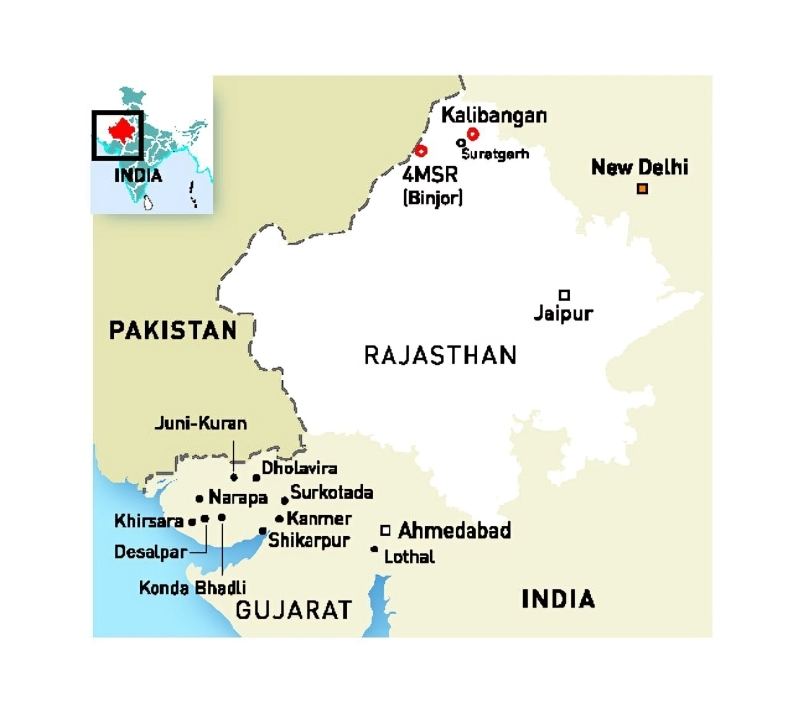
- The excavations suggest that the industrial activities at the site started during Mature Harappan period.
- It also suggests that the site was abandoned towards the end of the Mature Harappan phase around c.2000 BCE, which coincided with the onset of the de-urbanisation phase of the civilisation.
Findings from the excavations
- Seven structural phases spanned across three periods, Early, Transition, and Mature Harappan (from c.4500 BCE to 2000/1900 BCE), were excavated.
- Most structures are made of mud bricks, including multiple rooms, workshop areas, courtyards, and a massive enclosure wall that surrounds the settlement.
- Plethora of pottery with decorative motifs, including animal motifs like tigers and fish; numerous seals; exquisite beads – carnelian, agate, jade, lapis lazuli, quarts; animal and human figurines were excavated.
A village of Craftperson
- The industrial centre was represented by the evidence of over 250 hearths (fireplaces/kilns) in different shapes and sizes found in seven structural phases right from the settlement’s inception.
- Though initially, the concentration of hearths was limited to domestic use, the level of industrial and mass production activity could be seen only during the Mature Harappan period (2600-2000 BCE).
- The increase in the number of hearths and the concentration of fire activity in clusters present for a long time (defined by layers and layers) in one area showed that the scale of production increased.
- The entire array of hearths is divided into three broad categories:
- For smelting (particularly furnaces/kilns).
- Smaller hearths, mostly (rounded or oval) for secondary melting.
- Hearths shaped like basins used for heating and forging artefacts; and round hearths filled with powdery ash or gypsum, which might be used for final polishing.
- Objects such as terracotta crucibles and moulds, stone anvils, hammers, polishers, copper chisels, and other tools; evidence of wood as fuel, bones in the hearths; weights and measures in various denominations; are indicators of a craft-cum-industrial setup.
- Moreover, a thick deposit of industrial waste and a large number of finished products are found at the site, suggesting mass production of copper implements.
{Prelims – In News} Netzah Yehuda Battalion
- Context (MINT): The US is planning to impose sanctions against the Netzah Yehuda battalion.
- It is a battalion of Israel Defence Forces (IDF), which was established in 1999 to accommodate the religious beliefs of ultra-Orthodox Jews and other religious nationalist recruits in the army.
- It accommodates their religious observances by scheduling prayer and study times and restricting their interactions with female soldiers.
- The battalion is historically stationed in the occupied West Bank region and faces intense scrutiny for alleged human rights violations against Palestinians.
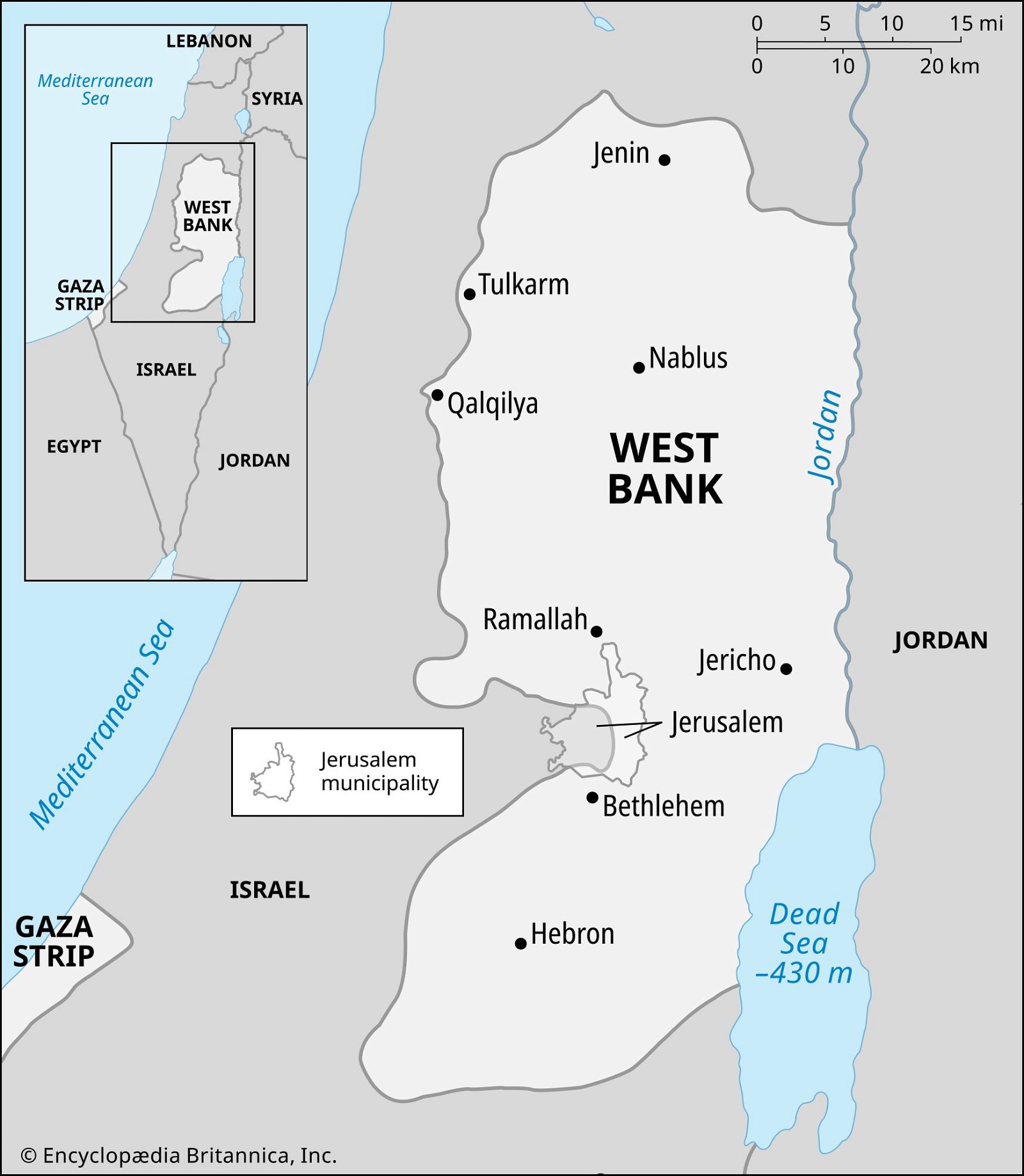
Israel’s response
- Israel calls the step the ‘height of absurdity’. It condemned the possible US sanctions.
- It argued that Netzah Yehuda serves as an active combat unit and works within the legal standards.
{Prelims – In News} Operation Pawan
- Context (TOI): Soldiers of Operation Pawan were remembered at the National War Memorial in Delhi.
- It was carried out by the Indian Peace Keeping Force (IPKF) to take control of Jaffna from the Liberation Tigers of Tamil Eelam (LTTE) in late 1987.
- LTTE disarmament was a part of the Indo-Sri Lanka Accord in the aftermath of Sri Lankan civil war.
- IPKF was inducted on 30 July 1987. The first IPKF operation was launched on 9 October 1987.
- IPKF was successful in taking control of the Jaffna Peninsula from the LTTE after a two-week-long war.
- The operation was terminated on 24 March 1990.
- Though it achieved its stated objectives, it is often criticised. It does not receive “formal” commemoration at the National War Memorial, Delhi. However, Sri Lanka has built a memorial for it.
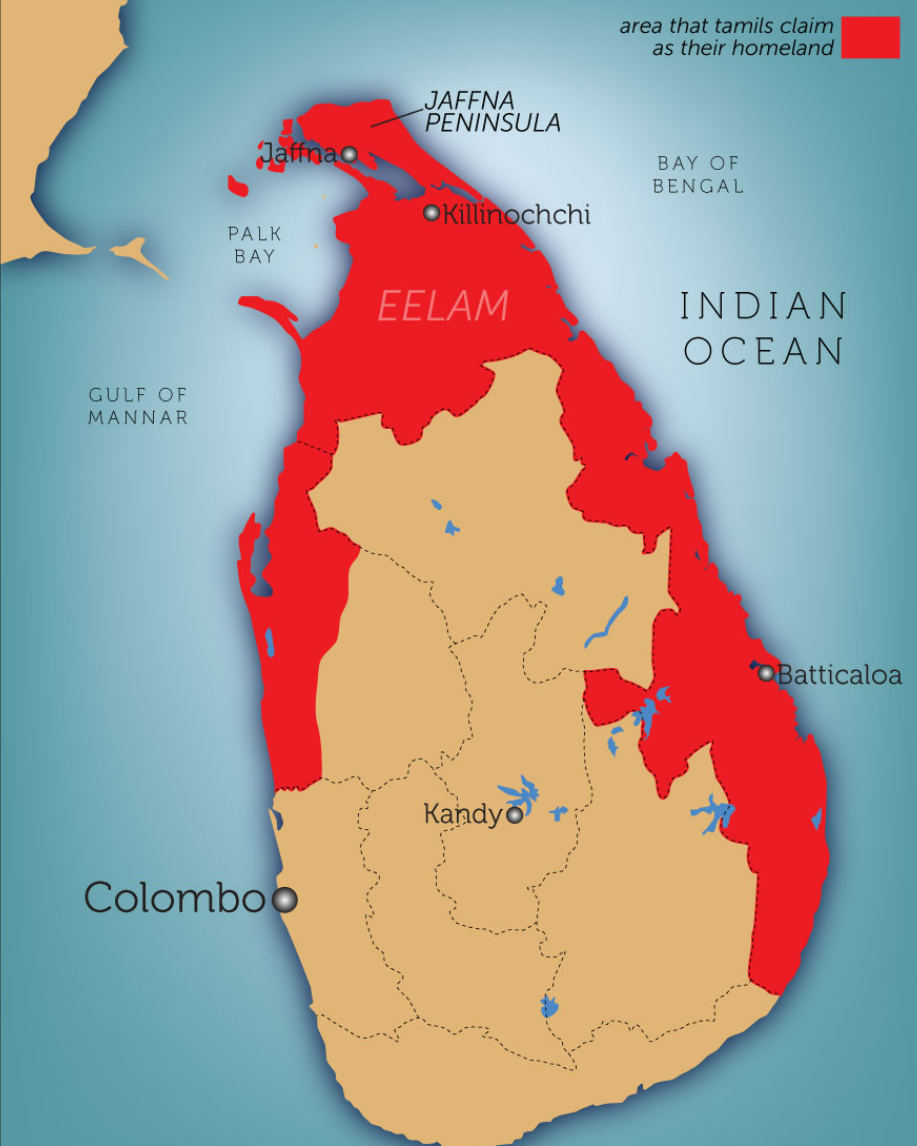
Indo-Sri Lanka Accord
- It was signed in Colombo on 29 July 1987 by then Prime Minister Rajiv Gandhi and President J.R. Jayawardene to resolve Sri Lanka’s ethnic conflict.
- The Sri Lankan government agreed to give the nation’s provinces more power and autonomy and withdraw its troops. The Tamil separatists were to surrender their arms as well.
- However, LTTE declared their intent to continue the armed struggle for an independent Tamil Eelam and refused to disarm.
- 13th Amendment: It created Provincial councils and promised devolution of power to provinces, including Sinhala areas. Official language status to Tamil was also promised. However, successive governments have not implemented it.




![PMF IAS Environment for UPSC 2022-23 [paperback] PMF IAS [Nov 30, 2021]…](https://pmfias.b-cdn.net/wp-content/uploads/2024/04/pmfiasenvironmentforupsc2022-23paperbackpmfiasnov302021.jpg)

